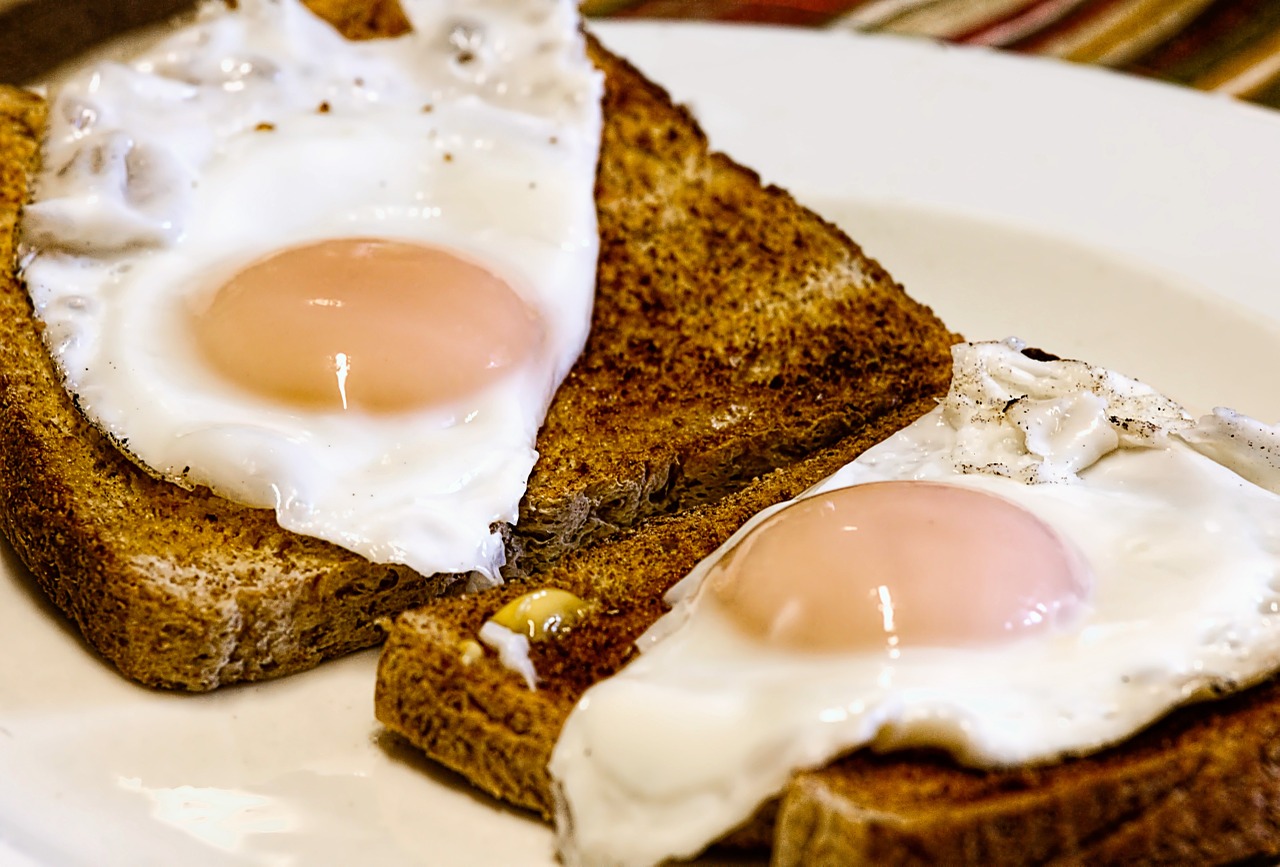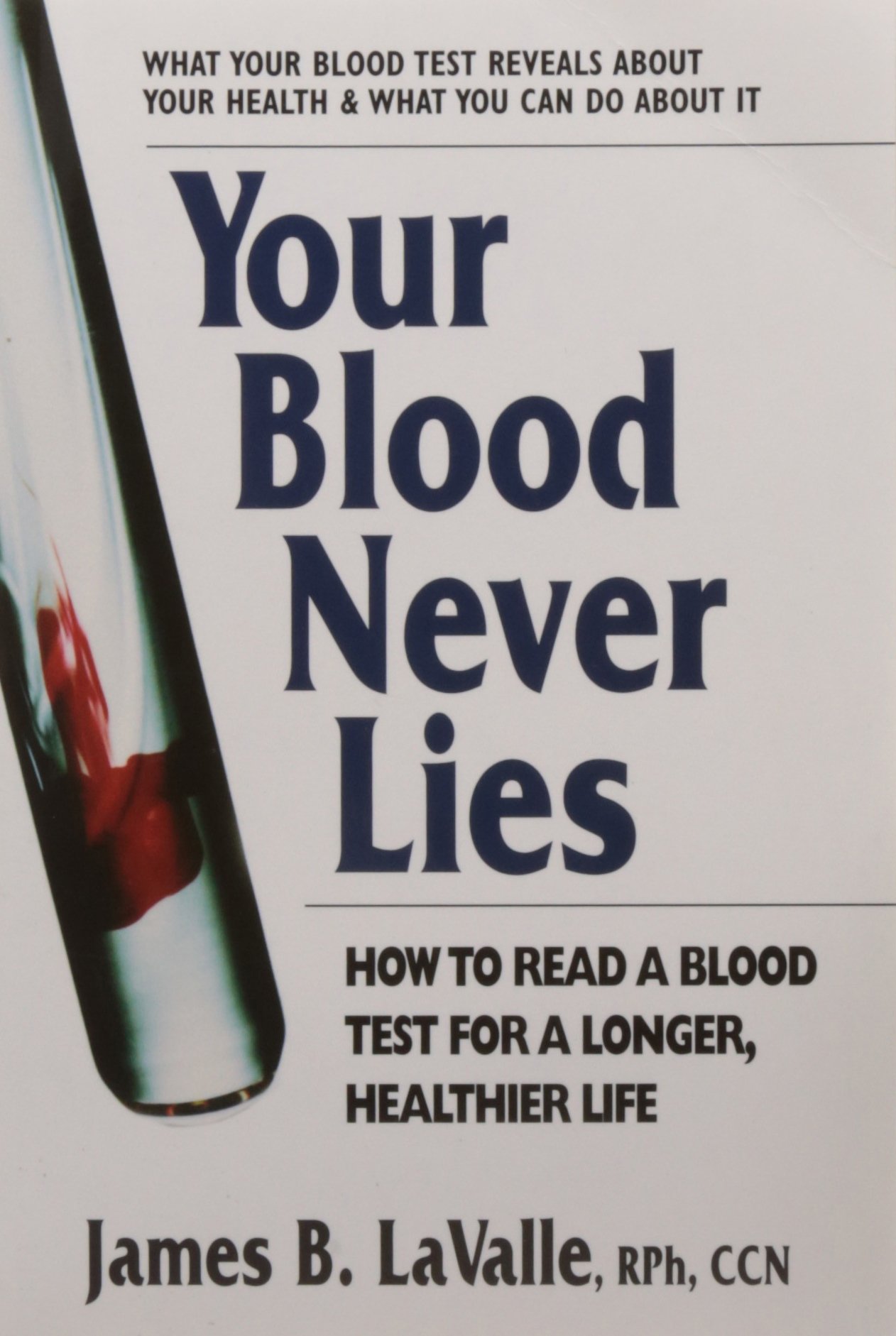
Image by Steve Buissinne from Pixabay
Lipids are a very diverse consortium of fats and fat-like substances that are significant constituents of cells and primary sources of energy. To empirically assess the cholesterol levels, the blood test called a lipid profile, or lipid panel is carried out.
This pathological investigative test measures the total cholesterol, which includes an amount of lipoprotein of varying densities and quantum of triglycerides. The blood sample from the subject is obtained when he has abstained from food for a period of 8 to 12 hours. As is with all bio-molecules, the chemical structure and the inherent chemical profile have an emphatic role to play in the functional aspects and hence in the wellness profile of the subject.
Lipids are hydrophobic by nature and hence, are considered heavy molecules, with sluggish flow properties and also quite capable of forming sediment or residue in the carrier medium.
They require proteins to conjugate with them in order to be transported. Since, the critical fluid connective tissue used for this transportation is blood, qualitative and quantitative studies of lipids in the blood are a very nodal pointer to the health of the subject. The profile of blood changes in terms of composition and assumes a clinical significance if nature and amounts of lipids in it change. Naturally, these parameters indicate a protracted disease tendency or a full-blown disease state.
Two important classes of lipids, cholesterol, and triglycerides, are transported in the blood by lipoproteins or lipoprotein particles. Each type of lipoprotein contains a combination of cholesterol, triglyceride, protein, and phospholipid molecules.
The particles measured with a lipid panel are classified by their density into high-density lipoproteins (HDL), low-density lipoproteins (LDL), and very-low-density lipoproteins (VLDL). The principle of this classification is very simplistic and logical. If the conjugate, lipoprotein is composed of more amount of lipid and less protein, then the density is low, whereas if the protein amounts are large, the density of such a composite molecule, is naturally, high.
Hence, density becomes the nodal basis of HDL, LDL, and VLDL, definitely implying that more the lipid, the more the liability of on health.
There is a conclusive connection between a lipid profile which is below or beyond the normal range of values and serious compromises in biochemical optimization.
Monitoring and maintaining healthy levels of these lipids is important in order to stay healthy, energetic and wellness-oriented. Inherently, the body has the capacity to produce the cholesterol needed to function optimally, however, the source for some cholesterol is the diet.
Eating excess of foods that are high in saturated fats and trans unsaturated fats (trans fats) or being endowed with an inherited predisposition can result in a high level of cholesterol in the blood. The extra cholesterol may be deposited in plaques on the walls of blood vessels. Plaques can narrow or eventually block the opening of blood vessels. This leads to the hardening of the walls of the arteries, a condition known as atherosclerosis and increasing the risk of numerous health problems, including heart disease, stroke, and other complications. It follows that the narrowing of the girth of the blood vessels due to deposition of cholesterol plays havoc with the pressure of blood flow and hence, a compromise in the biochemical profile.
A high level of triglycerides in the blood is also associated with an increased risk of cardiovascular disease (CVD), hence, the laity is apprehensive about numbers, figures and even levels of what he thinks are villainous molecules…..lipids. I wish to dispel some of the misgivings and apprehensions in the minds of the average subjects. Hence, I have deliberately refrained from mentioning standard values and bandwidths of ranges of lipid levels. Rather, this article addresses three stances to lipid profile in an average subject.
The most exemplary and ideal would be the preventive stance, where the whole plethora of lifestyle practices is aimed at avoidance of elevation of levels of lipids in the hematological profile of the person. This is sustainable and aims at holistic wellness.
The second stance is associated with curative efforts to reduce the intensity of the condition, which is the root cause of elevated lipid levels in the blood. Here, the concerted efforts of the medical practitioner are also involved including protracted and critically supervised dosage of medicines. As a generic comment, these are pharmacological preparations that have the chemical and structural capacity to intervene in the metabolism of the body, hepatic function and also in the lipogenesis-lipolysis balance.
The third stance is directed to managerial aspects where, due to the chronic nature of the CVD, due to age, due to predisposing genetic factors, the subject requires to ‘live with the disease’. Here every effort is made towards a two-pronged strategy. First to ensure that the physiological complications are contained and secondly, the quality of life is not compromised further.
Based on the overt risk for heart disease, the doctor would have discussions with individual subjects to generate and fine-tune strategies for normalizing the lipid profile to a certain percentage. Those strategies would include lifestyle changes — including dietary changes and a fitness regimen, which would be lifestyle integrated. This is recommended along with the administration of cholesterol-lowering medication. Together, the patient and the concerned doctor would be able to decide on an appropriate treatment for a particular patient profile.
Lifestyle plays a large role in the management and control of triglyceride levels. Smoking, excessive drinking, uncontrolled diabetes, and medications such as estrogen, steroids, and some acne treatments can contribute to high triglyceride levels. However, in some cases, genes or an underlying disease or even a previous chronic clinical history could be the underlying cause.
Repeating the oft-quoted cliché, “We are what we eat”, the whole plethora of what one includes in one’s routine and typical dietary intake has a very definitive say in good health and wellness. Dietary components that are high in certain types of fats, certain medical conditions, and other factors can cause high blood cholesterol and high triglycerides. Two types of fat are known to increase cholesterol levels.
Saturated fat: Saturated fats can substantially increase the LDL levels in one’s Lipid profile. Some plant-based foods, such as palm oil, coconut oil, and certain oilseeds contain substantial amounts of saturated fats. However, saturated fat is mostly found predominantly in animal-based food products such as high-fat cheese, whole milk, butter, steak, red meats.
Trans fats: Trans fats, or trans-fatty acids, are more dangerously predisposed than saturated fats because they can raise the LDL levels and lower the HDL levels. Some trans fats are found naturally in animal products. Others are found in processed foods that have undergone a process called hydrogenation, such as some kinds of margarine, fries of many kinds and above all potato chips. Additionally, many of these foods are salted and contain food additives which could compound the effects of the fats.
A very valuable postscript about dietary practices is the absolute danger of excluding lipids from dietary consumption completely. Like all exclusion diets, a diet bereft of lipids is extremely detrimental to the health profile and complications may escalate. The nodal role of EFAs or Essential Fatty Acids( Polyunsaturated Fatty Acids), can neither be undermined nor ignored. Their role in diverse biochemical functions like endocrine aspects and immune profile enhancement can only be actualized when required amounts of EFAs are included in the food intake.
Hypercholesterolemia(High blood cholesterol levels in the blood) could be a result of disease conditions like Diabetes, Hypothyroidism, Metabolic syndrome, morbid obesity, Cushing’s syndrome, Polycystic Ovary Syndrome (PCOS) and renal impairment, to name a few. Other causes include a sedentary lifestyle, lack of exercise, smoking, genetic factors, and certain medications. Notably, some kind of diuretics are known to increase cholesterol levels and strict vigilance has to be maintained about the dosage, anthropometric indices and even other medication being taken by the subject.
Ironically, high cholesterol typically does not cause any symptoms. Symptoms may only appear after the increased cholesterol has caused significant damage. For instance, symptoms may come in the form of heart disease symptoms, such as chest pain (angina) or nausea and abject fatigue. A heart attack or stroke may also result from uncontrolled cholesterol.
A combination of medications and lifestyle changes is a common treatment plan to correct high cholesterol and triglycerides. The doctor may also suggest certain dietary supplements and functional foods. Several types of medications are used to treat lipid disorders like statins, medications which inhibit cholesterol absorption, bile acid sequestrants, and fibrates.
Supplements in the form of pills could also be part of the treatment strategy. These include Omega-3 fatty acids available over the counter are commonly used to lower triglycerides and LDL levels. Omega-3 fatty acids are polyunsaturated fats that are naturally found in fatty fish such as salmon. Plant oils such as canola and olive oil also contain omega-3 fatty acids. Additionally, Niacin increases the level of HDL production. Niacin is available over the counter or in prescription strength.
The American Heart Association (AHA) recommends that no more than 6 percent of your daily calories come from saturated fat. The AHA also recommends avoiding trans fats whenever possible. Eating plenty of whole grains, fruits, and vegetables can also decrease high cholesterol.
Summing up, the Lipid profile, is definitely, a beacon to indicate what is right and what is wrong with one’s biochemistry and hence, becomes a pathfinder for good health and wellness.
The author acknowledges the use of authentic medical literature to structure this article
No content/material in this site, products or services is intended as a substitute for, medical advice, diagnosis or treatment. You should always talk to health care providers/ professionals for medical advice, diagnosis, or treatment
Sign up for the QuackTrack.org newsletter below!















